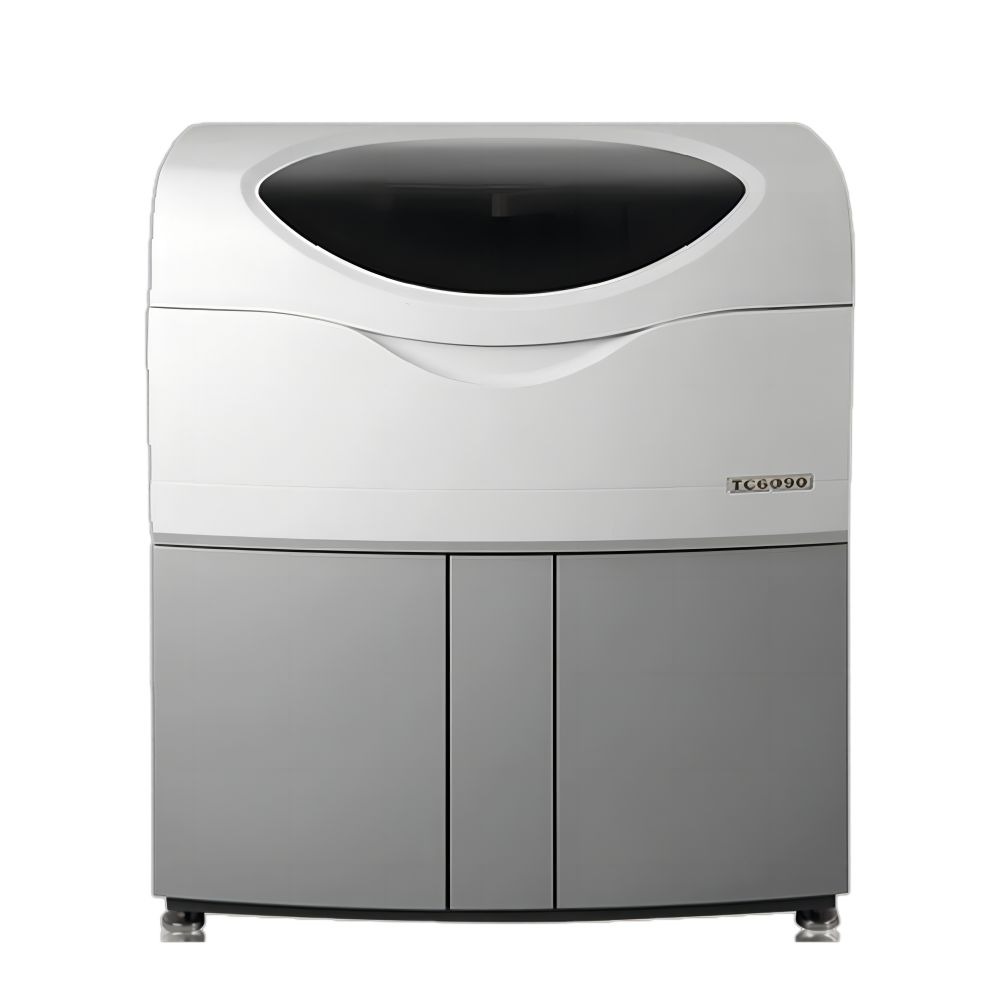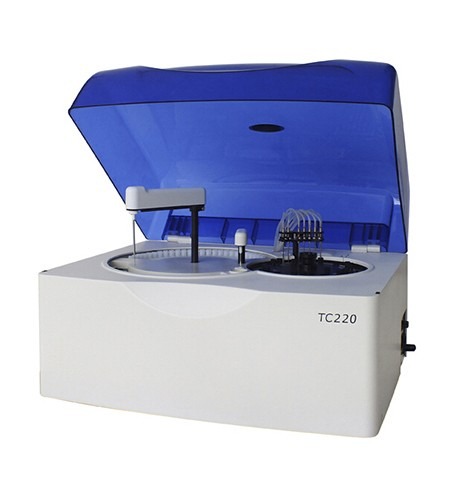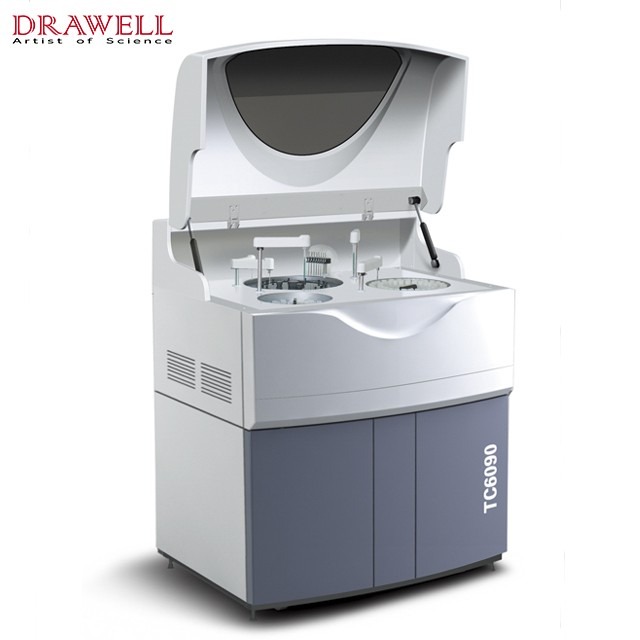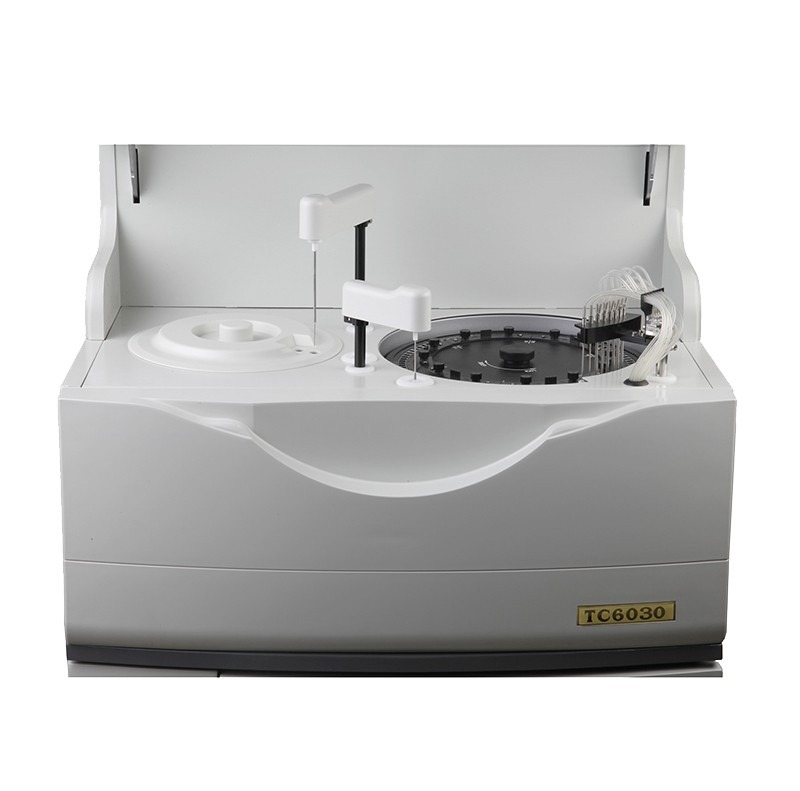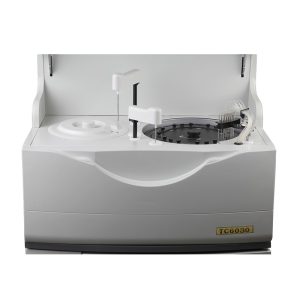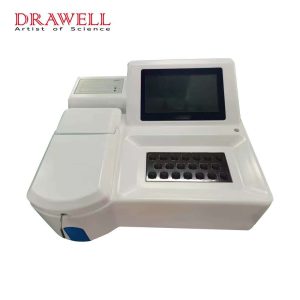Biochemistry analyzers are widely applied in clinical diagnostics, research, and industrial applications by measuring biological samples. With various models available on the market, selecting the right biochemistry analyzer for your laboratory requires careful evaluation of various factors, including throughput, automation, reagent compatibility, and overall performance. This article delves into the key features and applications in different types of biochemistry analyzers and provides insights into selecting the most suitable model for your specific laboratory needs.
Understanding Biochemistry Analyzers
Biochemistry analyzers are essential laboratory instruments used to measure chemical and enzymatic components in biological samples such as blood, urine, and plasma. These analyzers play a critical role in clinical diagnostics, research, and pharmaceutical applications by detecting key biomarkers like glucose, cholesterol, liver enzymes, and electrolytes. Available in semi-automated and fully automated models, biochemistry analyzers enhance laboratory efficiency, reduce human error, and provide accurate and reliable test results.
Types of Biochemistry Analyzers
| Type | Description | Best Suited For |
| Semi-Automated Biochemistry Analyzers | Require manual sample preparation and reagent handling, but automate key analytical steps. | Small labs, research institutions, low sample volumes. |
| Fully Automated Biochemistry Analyzers | Perform all steps automatically, including sample loading, reagent dispensing, and result processing. | Medium to large clinical laboratories, hospitals, and diagnostic centers. |
| Benchtop Biochemistry Analyzers | Compact, space-saving models designed for small labs or point-of-care testing. | Clinics, physician offices, and labs with limited space. |
| Floor-Standing Biochemistry Analyzers | High-throughput systems capable of processing large sample volumes continuously. | Large hospitals, high-volume diagnostic laboratories. |
| Dry Chemistry Biochemistry Analyzers | Use reagent strips instead of liquid reagents, reducing waste and maintenance. | Point-of-care testing, mobile labs, and field applications. |
| Wet Chemistry Biochemistry Analyzers | Utilize liquid reagents for high-precision analysis and broad test menus. | Clinical diagnostics, research labs requiring comprehensive testing. |
| Open-System Biochemistry Analyzers | Compatible with reagents from multiple suppliers, providing flexibility and cost savings. | Labs looking for cost-effective reagent options. |
| Closed-System Biochemistry Analyzers | Require proprietary reagents from the manufacturer, ensuring consistency and reliability. | Labs prioritizing standardized testing and quality control. |

Key Factors to Consider When Choosing the Right Type of Biochemistry Analyzer
1. Throughput and Sample Capacity
The processing speed of a biochemistry analyzer is a critical factor. Laboratories with high sample volumes require high-throughput analyzers capable of handling multiple samples simultaneously. For smaller labs, a lower-capacity model with reliable performance may be sufficient.
- Low-throughput analyzers: Suitable for small clinics and research labs.
- Mid-throughput analyzers: Ideal for medium-sized laboratories.
- High-throughput analyzers: Designed for large hospitals and reference labs processing hundreds of samples per hour.
2. Automation and Workflow Efficiency
Automation is a key feature that enhances efficiency and reduces manual errors. Fully automated biochemistry analyzers handle sample loading, reagent mixing, and result reporting with minimal human intervention. Semi-automated models, on the other hand, require some manual steps but may be more cost-effective for smaller labs.
- Fully automated analyzers: Best for high-volume labs requiring continuous workflow.
- Semi-automated analyzers: Suitable for laboratories with lower sample volumes and budget constraints.
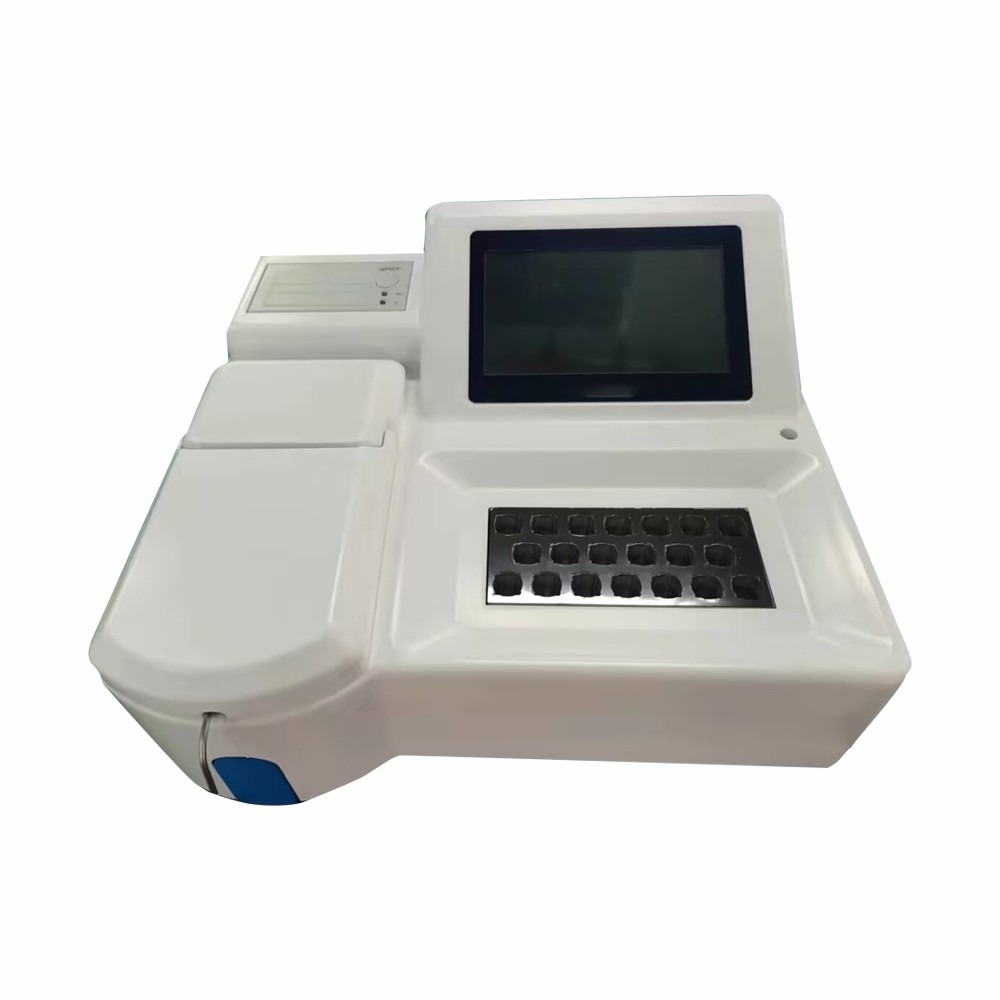
3. Reagent Compatibility and Cost Efficiency
The cost and availability of reagents significantly impact long-term operational expenses. Some analyzers use open systems that allow third-party reagents, providing flexibility and cost savings. Others operate on closed systems, which restrict reagent use to the manufacturer’s products but may offer higher consistency and reliability.
- Open-system analyzers: Provide flexibility in reagent selection and cost control.
- Closed-system analyzers: Ensure standardized reagent quality but may be more expensive.
4. Analytical Performance and Accuracy
Precision, accuracy, and reproducibility of results are essential for reliable diagnostics. High-quality biochemistry analyzers use advanced optical and detection technologies to ensure consistent performance. Features like real-time quality control, calibration systems, and error detection mechanisms improve result reliability.
5. Space and Infrastructure Requirements
The size and installation requirements of a biochemistry analyzer should match the available lab space. Compact bench-top models are ideal for small labs, while floor-standing, high-throughput analyzers may require dedicated space and additional infrastructure.
- Bench-top analyzers: Space-saving and suitable for small-scale operations.
- Floor-standing analyzers: Require more space but offer higher processing capacity.
6. Connectivity and Data Management
Modern automatic biochemistry analyzers integrate with laboratory information systems (LIS) for seamless data transfer and reporting. Features like remote monitoring, cloud-based access, and automated result interpretation enhance workflow efficiency.
- LIS-compatible models: Enable smooth data management and reduce transcription errors.
- Cloud-integrated analyzers: Provide remote access and centralized reporting.
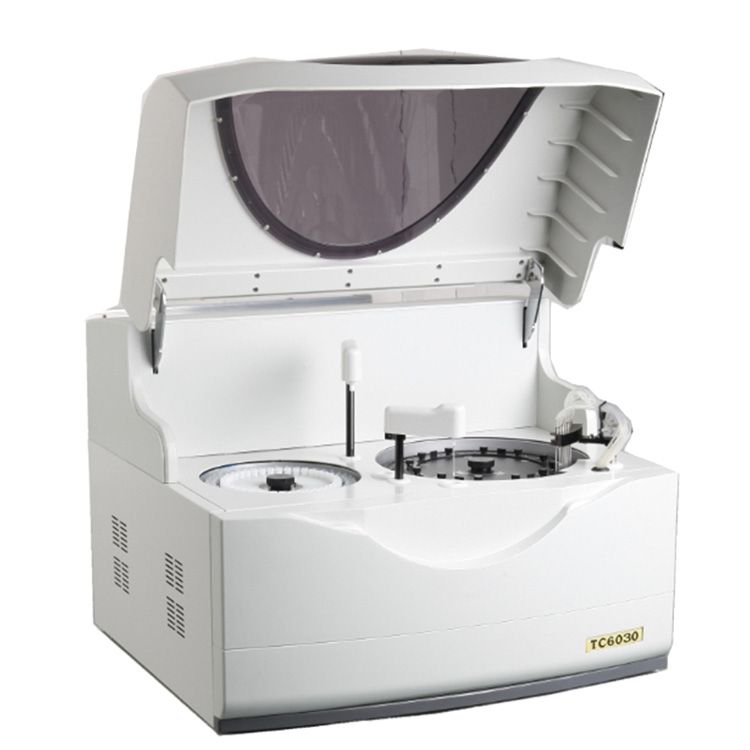
DW-TC6030 Automatic Chemistry Analyzer
Industry-specific Recommendations of Biochemistry Analyzers
| Industry | Recommended Model | Key Features | Reason for Selection |
| Clinical and Diagnostic Laboratories | Automated high-throughput biochemistry analyzers | Closed reagent system, LIS integration, real-time quality control, regulatory compliance | Ensures fast, accurate diagnostics with minimal human intervention for large sample volumes |
| Pharmaceutical and Biotechnology Research | Open-system analyzers with flexible reagent options | High sensitivity, multi-parameter testing, customizable reagent selection | Allows researchers to conduct specialized biochemical tests with flexibility |
| Veterinary Laboratories | Mid-throughput analyzers optimized for animal diagnostics | Species-specific test panels, robust design for diverse samples | Provides precise biochemical analysis for veterinary applications |
| Food and Beverage Industry | Benchtop biochemistry analyzers | Detection of contaminants, nutritional profiling, compliance with food safety standards | Ensures food quality and regulatory compliance through biochemical analysis |
| Environmental Testing Laboratories | Automated analyzers with trace-level detection | High sensitivity, capability to test water, soil, and air samples | Supports pollution monitoring and environmental safety assessments |
| Industrial and Manufacturing Sectors | Compact benchtop or portable analyzers | Rapid testing, durability, easy maintenance | Enables on-site biochemical analysis for process control and quality assurance |
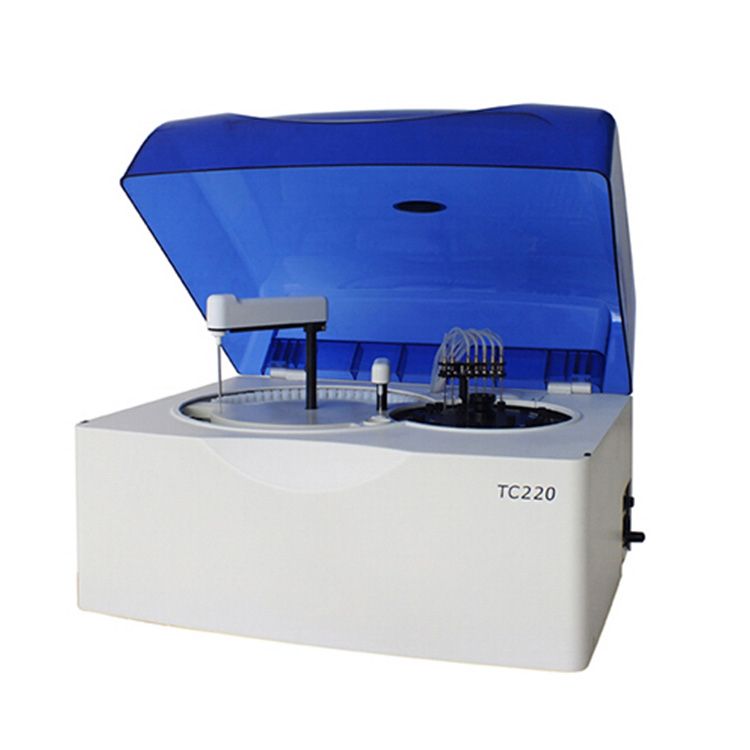
Summary
Biochemistry analyzers are essential tools in diagnostic and research laboratories, and choosing the right model requires careful consideration of throughput, automation, reagent compatibility, accuracy, etc. By evaluating these factors, laboratories can select a biochemistry analyzer that enhances workflow efficiency, ensures cost-effectiveness, and delivers reliable test results.
Related Products Recommendation
Get Quote Here!
Latest Posts
What Next?
For more information, or to arrange an equipment demonstration, please visit our dedicated Product Homepage or contact one of our Product Managers.

